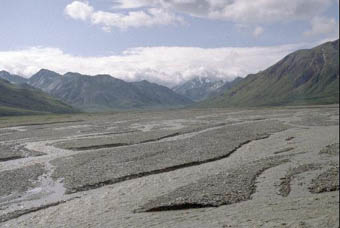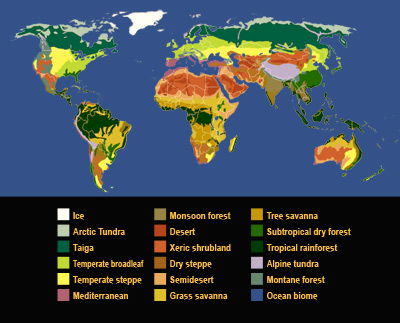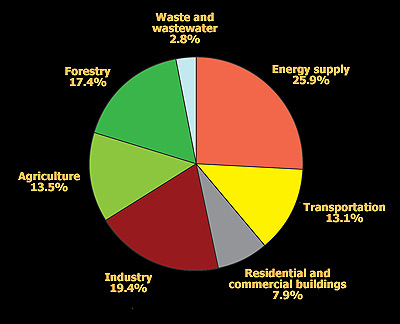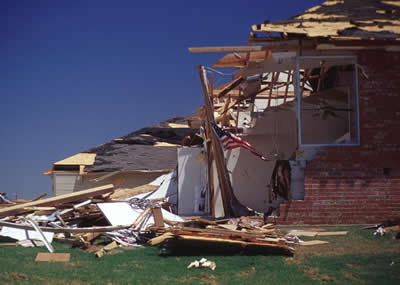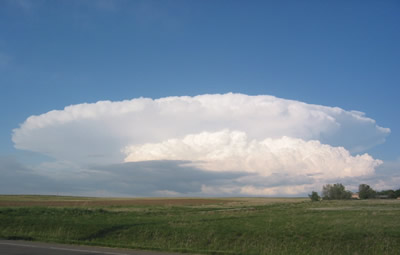Click on image for full size
Courtesy of the Earth Science Literacy Initiative
Earth Science Literacy - Big Idea 7
Humans depend on Earth for resources.
Big Idea 7.1
Earth is our home; its resources mold civilizations, drive human exploration, and inspire human endeavors that include art, literature, and science. We depend upon Earth for sustenance, comfort, places to live and play, and spiritual inspiration.
Big Idea 7.2
Geology affects the distribution and development of human populations. Human populations have historically concentrated at sites that are geologically advantageous to commerce, food production, and other aspects of civilization.
Big Idea 7.3
Natural resources are limited. Earth’s natural resources provide the foundation for all of human society’s physical needs. Most are nonrenewable on human time scales, and many will run critically low in the near future.
Big Idea 7.4
Resources are distributed unevenly around the planet. Resource distribution is a result of how and where geologic processes have occurred in the past, and has extremely important social, economic, and political implications.
Big Idea 7.5
Water resources are essential for agriculture, manufacturing, energy production, and life. Earth scientists and engineers find and manage our fresh water resources, which are limited in supply. In many places, humans withdraw both surface water and groundwater faster than they are replenished. Once fresh water is contaminated, its quality is difficult to restore.
Big Idea 7.6
Soil, rocks, and minerals provide essential metals and other materials for agriculture, manufacturing, and building. Soil develops slowly from weathered rock, and the erosion of soil threatens agriculture. Minerals and metals are often concentrated in very specific ore deposits. Locating and mining these ore deposits provide the raw materials for much of our industry. Many electronic and mechanical devices have specific requirements for particular rare metals and minerals that are in short supply.
Big Idea 7.7
Earth scientists and engineers develop new technologies to extract resources while reducing the pollution, waste, and ecosystem degradation caused by extraction. For example, land reclamation can partially restore surface environments following surface mining.
Big Idea 7.8
Oil and natural gas are unique resources that are central to modern life in many different ways. They are the precursors to chemicals used to make numerous products, such as plastics, textiles, medications, and fertilizers. Petroleum sources are needed to manufacture most industrial products.
Big Idea 7.9
Fossil fuels and uranium currently provide most of our energy resources. Fossil fuels, such as coal, oil, and natural gas, take tens to hundreds of millions of years to form. Their abundance will make them the dominant source of energy for the near future. New sources, such as methane hydrates, are being explored.
Big Idea 7.10
Earth scientists help society move toward greater sustainability. Renewable energy sources, such as solar, wind, hydroelectric, and geothermal, are being developed. They will replace fossil fuels as those become scarcer, more expensive to retrieve from Earth, and undesirable due to environmental damage. Earth scientists foster global cooperation and science-informed stewardship that can help to ensure the availability of resources for future generations.








